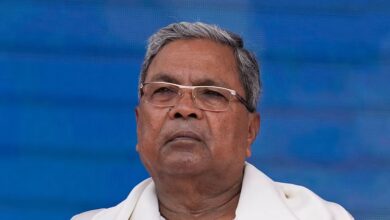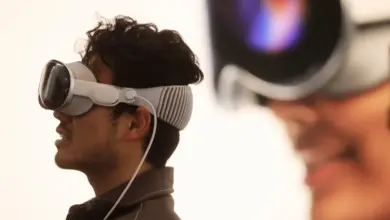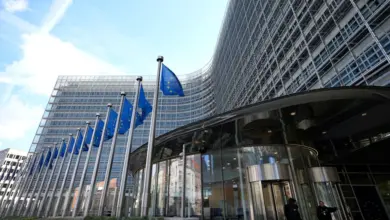Online social media served as a pivotal tool throughout the 18 days of mass protests that led up to the resignation of President Hosni Mubarak, and has now become a space in which Egypt’s youth convene to discuss how to build the nation’s future.
During the protests Tahrir Square in central Cairo was transformed into a mini-nation-within-a-nation and the protestors' collective home. They put in place their own security measures, erected makeshift hospitals, tents and food stalls, and organized a daily cleanup effort.
But whether this spirit of community and sense of responsibility for keeping the streets clean will end with the revolution or be part of the nation's rebirth is unclear.
Amr Elmahdy, one of the volunteers who initiated the clean-up, said he and his friends “became concerned about the possibility of diseases spreading if the area was not cleaned often amid the presence of such a large number of people. So we agreed to initiate a daily round to clean Tahrir and gather all the garbage in one area and also facilitate things for the municipality.” He said hundreds of others already swept up in the communal spirit joined in.
On the evening of 11 February, the nation was caught off guard when newly appointed Vice President Omar Suleiman abruptly appeared on state television to announce that Hosni Mubarak was stepping down after 30 years in power.
But after the massive street celebrations following the president’s resignation, citizens were again mobilized through Facebook to take to the streets. This time the mission was strictly environmental: people were encouraged to clean Tahrir as protesters left the area.
Thousands responded to the call, heading to the square armed with brooms, garbage bags and masks. In the end, Tahrir was cleaner than it had been in recent memory.
It was quite possibly the first revolution to see protesters conduct an operation to clean up the streets they had occupied. Many protesters said the “people were finally empowered” and that the feeling of ownership of the streets was a testament to their emancipation.
Cleaning was an important part of this newfound pride and respect for what the square now represented. As one volunteer said to Al-Masry Al-Youm, “may the days of apathy when we saw garbage piles throughout Cairo be long gone. We are witnessing the rebirth of Egypt. May it be spotlessly clean by all means.”
Several smaller Facebook campaigns have also urged clean-ups in various parts of Cairo, including ‘Cairo cleaning convention,’ and ‘Egypt rebuilding campaign,’ which involves several initiatives in addition to street cleaning. Other groups include ‘Cleaning Cairo as a second step’ and ‘Let’s clean our country.’
This last campaign was initiated by Elmahdy and his friends.
“We launched this campaign because we didn’t want this to be a one-off thing, the spirit seen within the boundaries of ‘The Republic of Tahrir’ needs to spread throughout the country from now on,” he said. “The aim is to continue the sense of empowerment through furthering awareness and mobilizing people to take to the streets for clean-up initiatives on a regular basis.”
They also hope to plant trees and repair sidewalks to transform the landscape of the streets of Cairo. Elmahdy and his friends have contacted several sponsors for assistance in turning this into a sustainable national project.
In line with reclaiming the streets of Cairo within an environmental framework, others have started a campaign–also using online social media–to encourage people to adopt a pedestrian lifestyle.
During the days of the protests, when public transportation was shut down or sporadic and many streets were closed, many became accustomed to walking long distances to get to Tahrir.
With calls from experts to transform Tahrir into a tourist area and to erect a memorial for the martyrs of the revolution, others suggested the area should also be turned into a pedestrian zone.
According to Soheir Hawass, Professor of Architecture and Urban Design at Cairo University and Chair of the Scientific Research department at the National Organization of Urban Harmony (NOUH), “Cairo seriously lacks proper urban planning which serves to accommodate people. We have been concerned with accommodating cars instead. Now is certainly the time to see urban planning reflect people reclaiming the streets–as started in Tahrir.”
Downtown Cairo already has a few pedestrian streets such as al-Alfi and Borsa streets, and according to Hawass there are already proposals to pedestrianize more downtown streets, but not in the rest of the city.
Until that happens, people can continue to make personal commitments to cleaning the streets, not littering and being less dependent on cars by walking whenever possible.
Though it will take some time to adapt to the newfound freedoms, one young man carried the spirit of the post-revolutionary efforts on a sign as he picked up trash: “Pardon any temporary disturbances. We are currently building a nation.”




